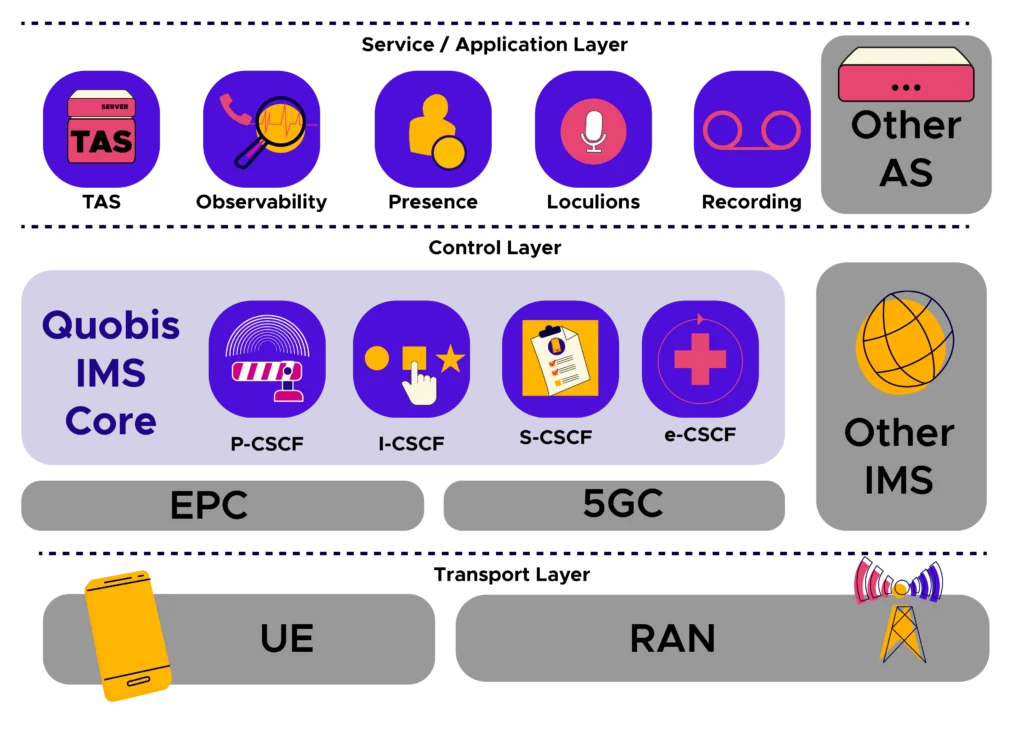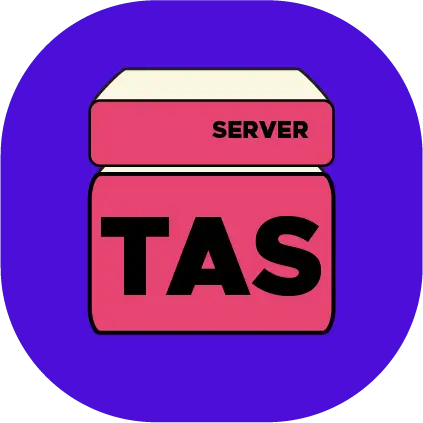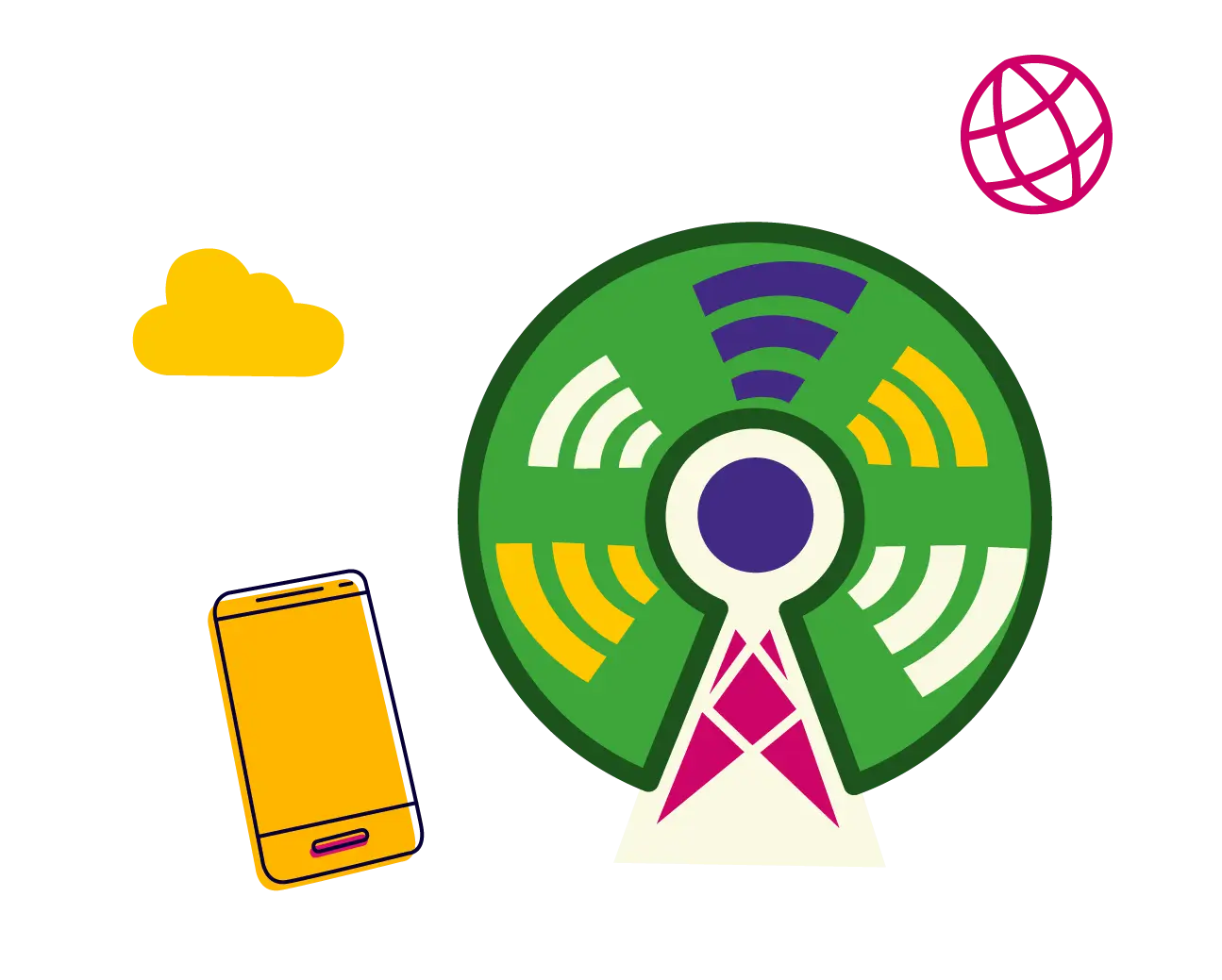Total cost of ownership
TCO between 50% and 70% lower than proprietary IMS solutions.
Modular Architecture
Scalability and interoperability.
P-CSCF, I-CSCF, S-CSCF and AS defined with standard interfaces, facilitates phased deployment, integration with VNFs and evolution towards cloud-native.
Scalable Core IMS ready for integration with PCRF, HSS, OCS and ENUM.




Independence in the core network.
It allows operators and service providers to deploy carrier-grade IMS functions with agility, control, and customization, without dependence on traditional vendors.
- More local control and hybrid options versus exclusively cloud-native solutions.
- Option for private or public cloud.
- It allows you to incorporate new features without depending on third parties.
QUOBIS IMS CORE
Control/Session Layer
Call Session Control Functions (CSCFs)
The CSCF is the heart of the IMS architecture, responsible for controlling sessions between endpoints (terminals) and applications.

Proxy – Call Session Control
Function.

Interrogating – Call Session
Control Function.

Serving – Call Session Control Function.

Emergency – Call Session Function.
3rd Generation Partnership Project (3GPP)
It allows operators and service providers to deploy carrier-grade IMS functions with agility, control, and customization, without dependence on traditional vendors.
|
Components |
Interfaces |
Functions |
|---|---|---|
|
P-CSCF |
|
|
|
I-CSCF |
|
|
|
S-CSCF |
|
|
|
e-CSCF |
|
|
Integrated transcoding
Save on the use of external SBCs, reduce integration costs.

Application Servers
Application servers.
Get the features you need for your network without sacrificing its economic sustainability. At Quobis, we have extensive experience customizing and deploying all types of carrier-grade services based on reputable open-source projects.

Telephony Application Server
Offer services such as voice calls (HD voice), video calls, file transfer, rich messaging (RCS), etc.

Observability
Monitor and analyze VoIP call traffic.

Presence server
Manages user status and availability.

Voice server
Manage and play pre-recorded audio messages, such as welcome messages, error messages, or announcements.

Recorder
Capture audio and video of communication sessions on the network.
Custom
Thanks to our experience in different open source projects, we can develop all kinds of ad-hoc application servers.

